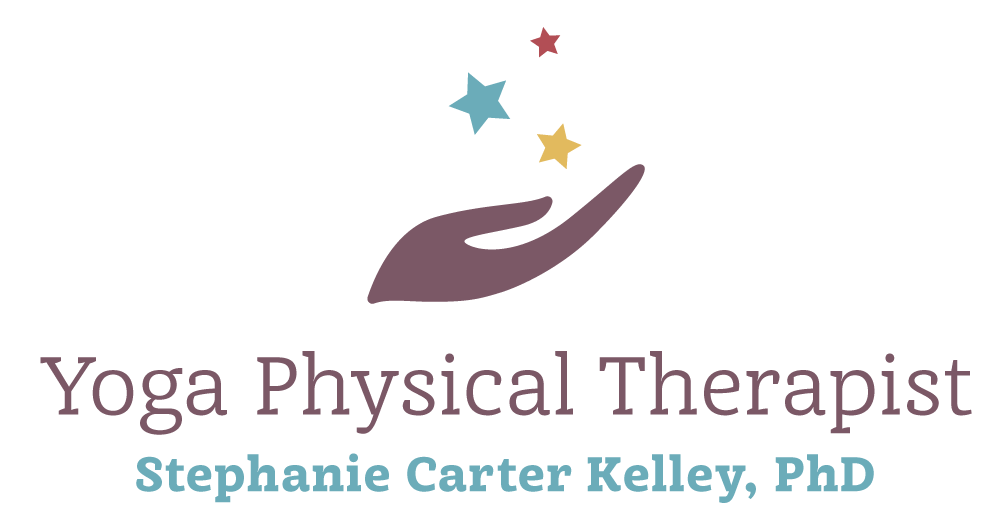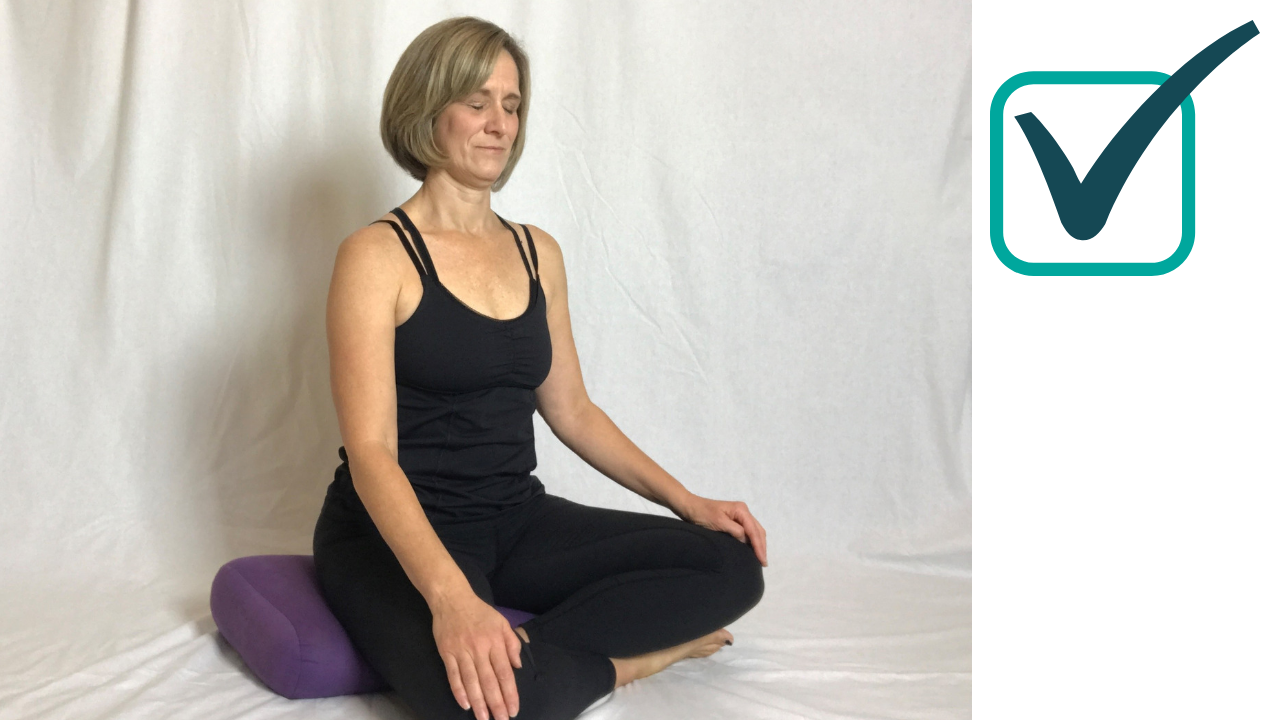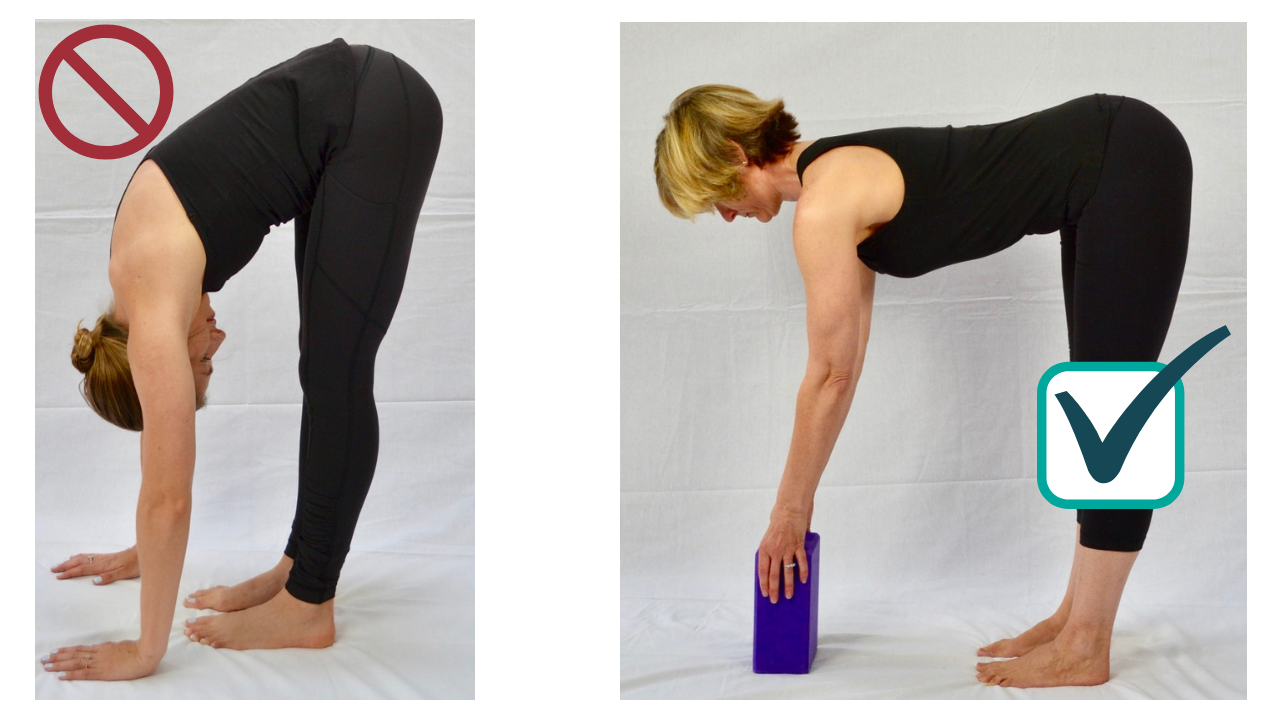Have you experienced this?
While talking through a problem with a friend or co-worker, the “lightbulb” goes on in your head. Once you verbalize the solution or insight, literally as the words come out of your mouth, you feel you really KNOW IT.
This happens to me often! While working through a problem, I need to talk it out. And sometimes while in meaningful conversation I find insight that I didn’t even know that I was seeking. I was curious about the power of talk and conversation, so did a little research.
Talk therapy has long been an intervention in psychology. The act of talking, brings awareness, insight, and clarity to a person’s thoughts. As part of my Yoga Physical Therapy private sessions, I have clients share their stories of injury, illness and pain. I always ask them to explain where they think the issue stems from. This is a different experience from what my clients have had from traditional health care providers. I really want to hear what he or she thinks is the root of the problem. Because this is usually the first time someone has asked that question, it is also the first time that the client has verbalized their own understanding of the problem. Many times, this conversation results in that “lightbulb” moment where the client realizes the root of the issue and can now take the right action to heal their body. “Right Action” is what makes my physical therapy practice blended with yoga, so different.
I am naturally curious and lean toward scientific explanations. So I wondered why this form of verbal expression is such a powerful healing tool? It turns out that a neurophysiologic basis exists to explain the insight gained while in healthy conversation. The Polyvagal Theory since described by Steven Porges, is becoming less theoretical and more evidence-based over time by multiple research studies. The vagus nerve is a large nerve that directly connects the brain to the heart and other primary organs. It also has nerve endings that mediate both output and awareness of facial expression, speech, and hearing. When we detect AND engage in SAFE social communication our body systems RELAX into a calm state. Amazingly, the body can do this without conscious awareness. Body reactions then deactivate the sympathetic nervous system (flight or fight) and we go into parasympathetic nervous system dominance (rest, digest and heal). When we enter into this calm default mode, certain parts of the brain that allow for creativity, insight, and complex planning function optimally.
I decided that we MUST take advantage of anything that creates HEALTH. Talking and conversation, sharing and connecting, in a safe and non-judgmental space will be the focus of my monthly Q and A sessions in my private Facebook Group. During these monthly sessions we will explore 2 main questions, “What does it mean to be healthy” and “What action can I take to create health?”. We will look at health from a broad perspective and explore aspects of health that you may have never considered. Each month, I will share a few resources on a topic and then together we will share our understanding and experiences. These sessions are FREE, so join my group and grab a cup of tea while we engage and share!
Because feeling safe while in community has the most potential to bring awareness and insight, we will create safety and maintain privacy during our conversations by using practices from the “Circle of Trust ™”. Those practices are:
· Create spaces that are open and hospitable, but resource-rich and charged with expectancy
· Commit to no fixing, advising, “saving” or correcting one another
· Ask honest, open questions to “hear each other into deeper speech”
· Explore the intersection of the universal stories of human experience with the personal stories of our lives
· Use multiple modes of reflection so that everyone can find their place and pace
If you can’t attend, I encourage you to seek time to have healthy conversation with someone that you feel safe with. That may be a friend or family member or maybe you want to seek a professional counselor. I have been in and out of counseling for much of my adult life as a way to “talk things out” and I know that is one of the many ways that I create my own health.
Namaste,
Stephanie
Here’s link to my private Facebook Group.











